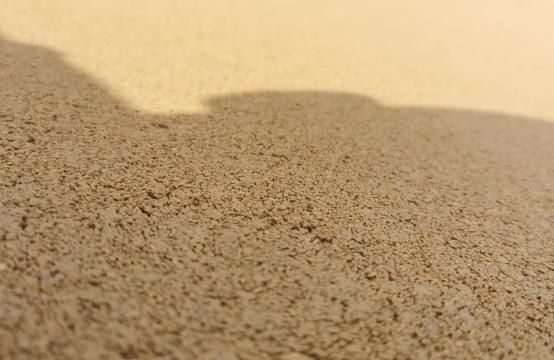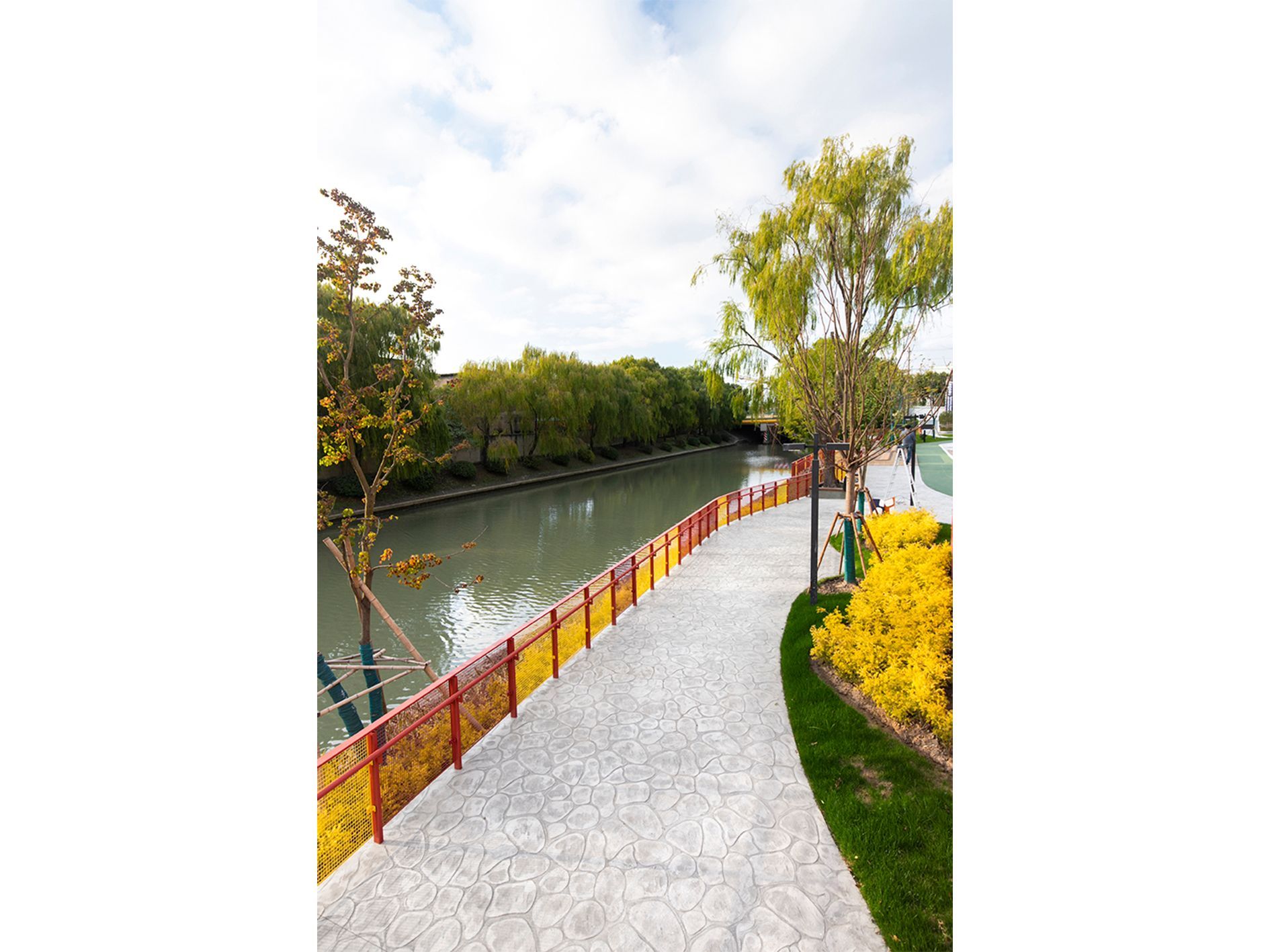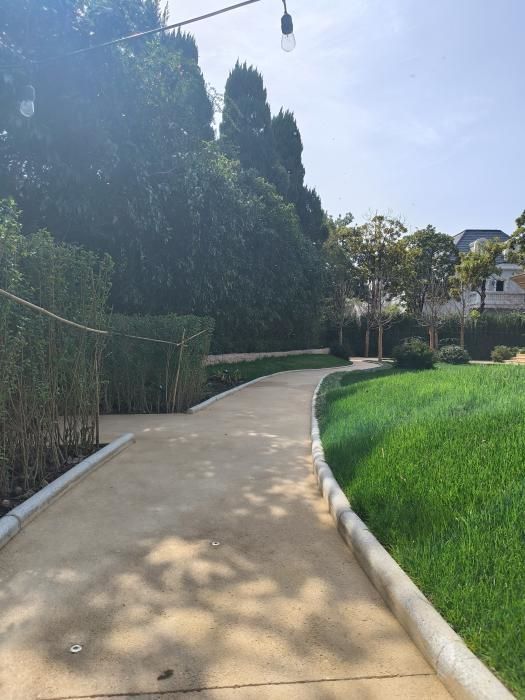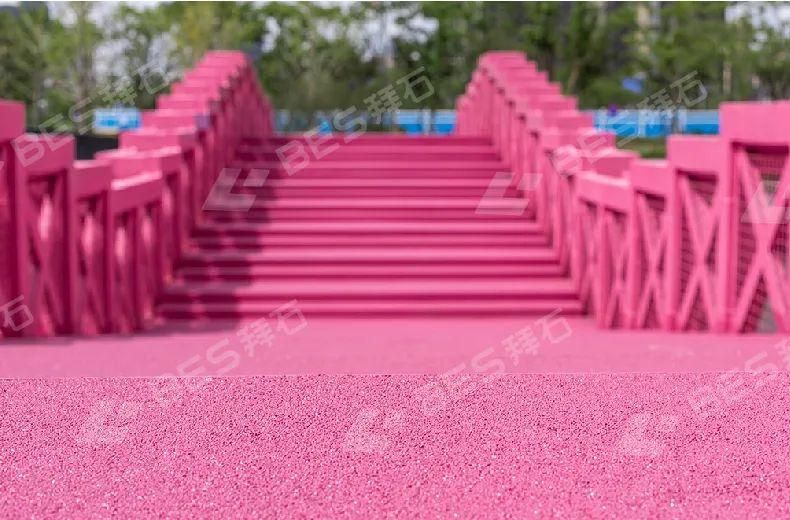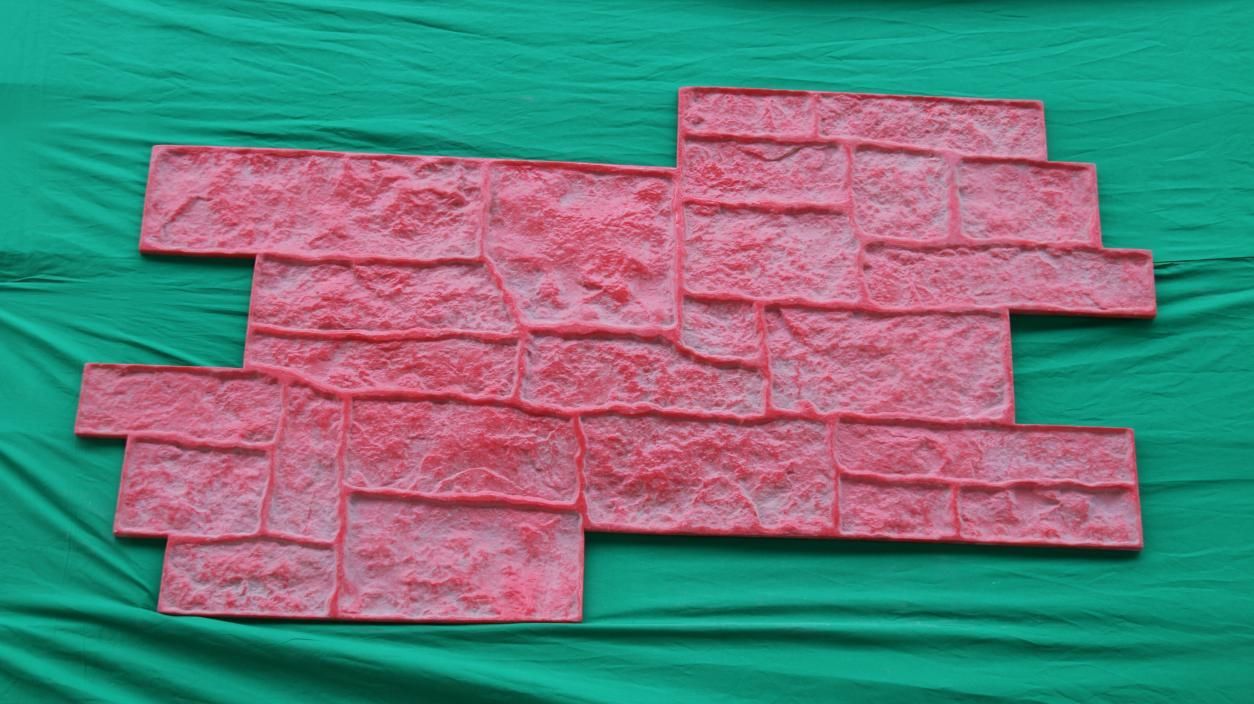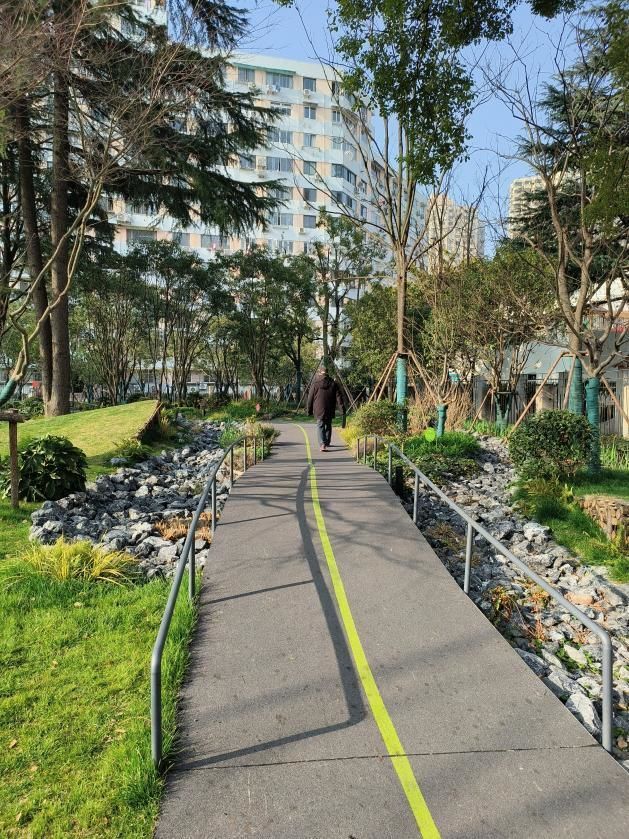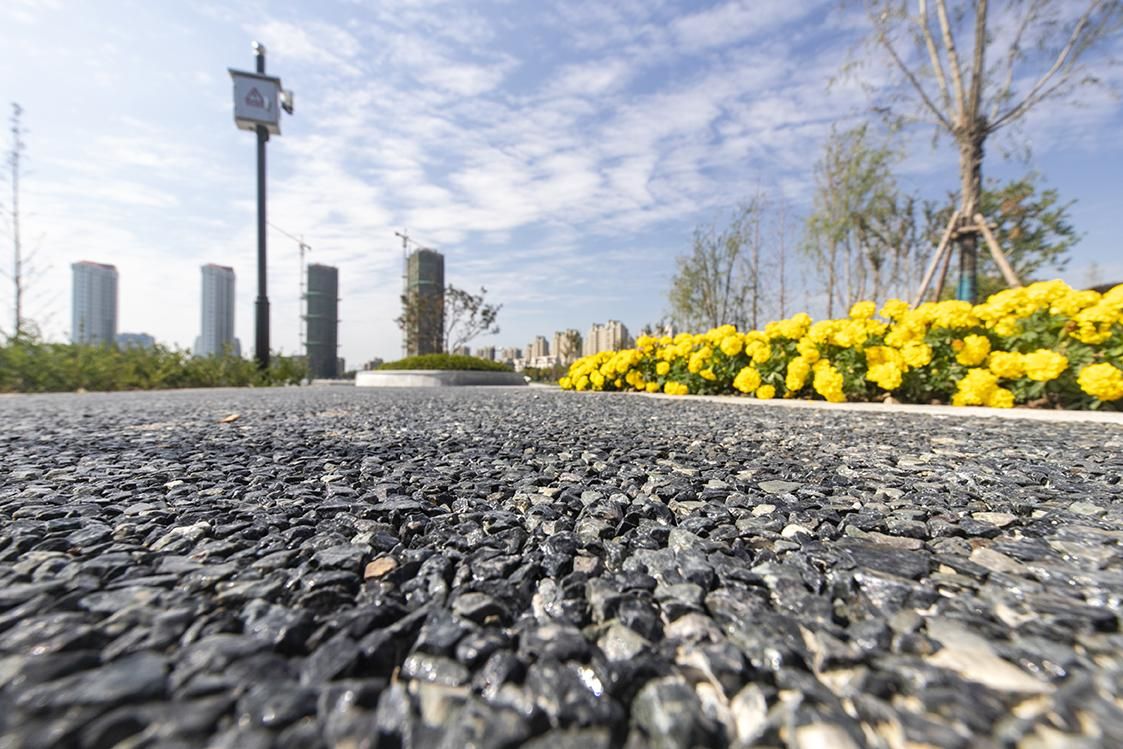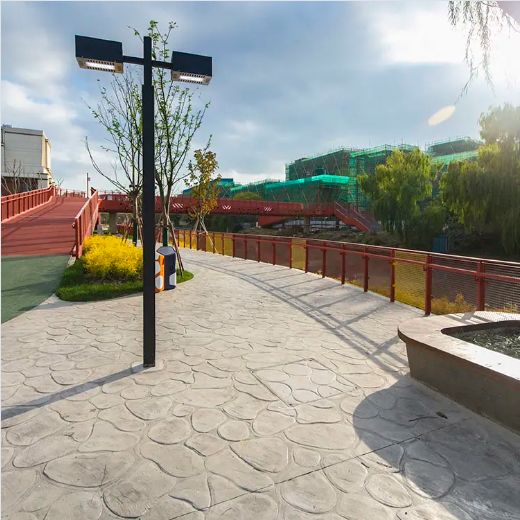Embracing Eco-Friendly Topsoil: Innovations, Advantages, and Success Stories
Introduction: In recent years, there has been a growing awareness of the importance of sustainable practices in landscaping and gardening. One such innovation that has gained traction is eco-friendly topsoil, also known as ecological soil or eco-soil. This blog post aims to explore the functionality, advantages, and innovative designs of eco-friendly topsoil, as well as showcase successful case studies where it has been implemented.
Functionality of Eco-Friendly Topsoil: Eco-friendly topsoil is formulated using organic materials and natural additives, making it environmentally friendly and beneficial for plant growth. Unlike traditional topsoil, which may contain chemical fertilizers and pesticides, eco-friendly topsoil promotes soil health and biodiversity while minimizing environmental impact. Its porous structure enhances water retention and drainage, reducing the need for irrigation and preventing soil erosion.
Advantages of Eco-Friendly Topsoil:
Sustainability: Eco-friendly topsoil is made from renewable resources and promotes sustainable landscaping practices.
Soil Health: It fosters healthy soil microbiology and enhances nutrient cycling, resulting in vibrant and resilient plant growth.
Water Conservation: Its superior water retention properties reduce water consumption and promote drought resistance in plants.
Biodiversity: Eco-friendly topsoil supports a diverse ecosystem of beneficial microbes, insects, and plant life, promoting ecological balance.
Chemical-Free: Free from synthetic fertilizers and pesticides, it creates a safe and healthy environment for plants, animals, and humans alike.
Innovative Designs with Eco-Friendly Topsoil:
Green Roofs and Living Walls: Eco-friendly topsoil is used as a growing medium for green roofs and living walls, adding aesthetic appeal and environmental benefits to urban spaces.
Rain Gardens: Eco-friendly topsoil is utilized in rain gardens to capture and filter stormwater runoff, preventing soil erosion and reducing pollution.
Permeable Pavements: Eco-friendly topsoil is incorporated into permeable pavement systems, allowing rainwater to infiltrate the ground and recharge groundwater supplies.
Xeriscaping: Eco-friendly topsoil is integrated into xeriscaping designs, creating water-efficient landscapes that thrive in arid climates.
Native Plant Landscapes: Eco-friendly topsoil is used to establish native plant landscapes, promoting biodiversity and preserving local ecosystems.
Success Stories:
The High Line, New York City: Eco-friendly topsoil was used to create a lush and biodiverse park on an abandoned elevated railway, transforming a derelict space into a vibrant urban oasis.
The Eden Project, Cornwall, UK: Eco-friendly topsoil was utilized in the construction of biodomes housing diverse ecosystems, showcasing the potential of sustainable design and landscaping.
Millennium Park, Chicago: Eco-friendly topsoil was incorporated into the landscape design of Millennium Park, contributing to its sustainability and aesthetic appeal.
Conclusion: Eco-friendly topsoil offers a myriad of benefits for landscaping and gardening, from promoting soil health and water conservation to fostering biodiversity and sustainability. By embracing eco-friendly topsoil and incorporating it into innovative designs, we can create beautiful and resilient landscapes that benefit both people and the planet. With successful case studies around the world demonstrating its efficacy, eco-friendly topsoil is paving the way for a greener and more sustainable future.

